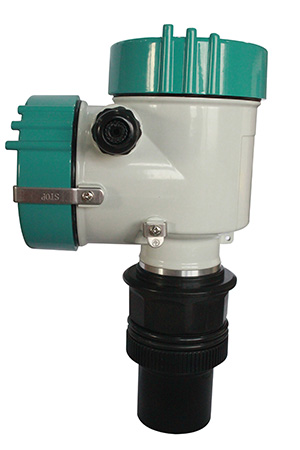Ultrasonic level meter model selection
Since the ultrasonic level meter is non-contact instrument, it can be used in materials and liquids with certain toxicity, flammability, high viscosity and corrosiveness. Ultrasonic level meter also have the advantages of light weight, long life, stability and durability, and convenient installation. They are widely used in sewage treatment, chemical production and other fields. In order to make the ultrasonic level gauge play a better role in actual working conditions, this article introduces how to correctly select the ultrasonic level gauge as follows.
1. Reasonable selection according to the measuring medium
From the measurement principle of the ultrasonic level meter, it can be known that the ultrasonic level meter can only be used in the medium that can fully reflect and propagate ultrasonic waves. If the measured medium cannot reflect and propagate ultrasonic waves, or the medium has strong volatility, or even has strong adsorption capacity for ultrasonic waves, at this time, ultrasonic level meter cannot be used for liquid level measurement.
2. Reasonable selection according to application conditions
If the applied working conditions are vacuum, negative pressure, and dust, when the air is relatively thin, the ultrasonic cannot be propagated, or even interfered by the dust and water vapor, which causes the sound wave to weaken and make the measurement result error. Generally, ultrasonic level meter cannot be used under these conditions.
Notice
In the chemical industry, due to the complicated working conditions of liquid level measurement in chemical equipment, there are many types of liquid level measuring instruments that can be selected. Therefore, instrument purchasers need to comprehensively analyze and master the specific use conditions and measurement requirements of a variety of common types of level gauges. Correct selection, and choose a level with higher safety, easier installation and maintenance, more accurate measurement, and better cost-effectiveness. Meter, used for liquid level measurement of chemical plant.




.jpg)




















.jpg)



.jpg)

.jpg)
.jpg)
.jpg)

.jpg)








.jpg)
.jpg)




.jpg)



.jpg)
.jpg)


.jpg)
.png)



.jpg)



.png)



